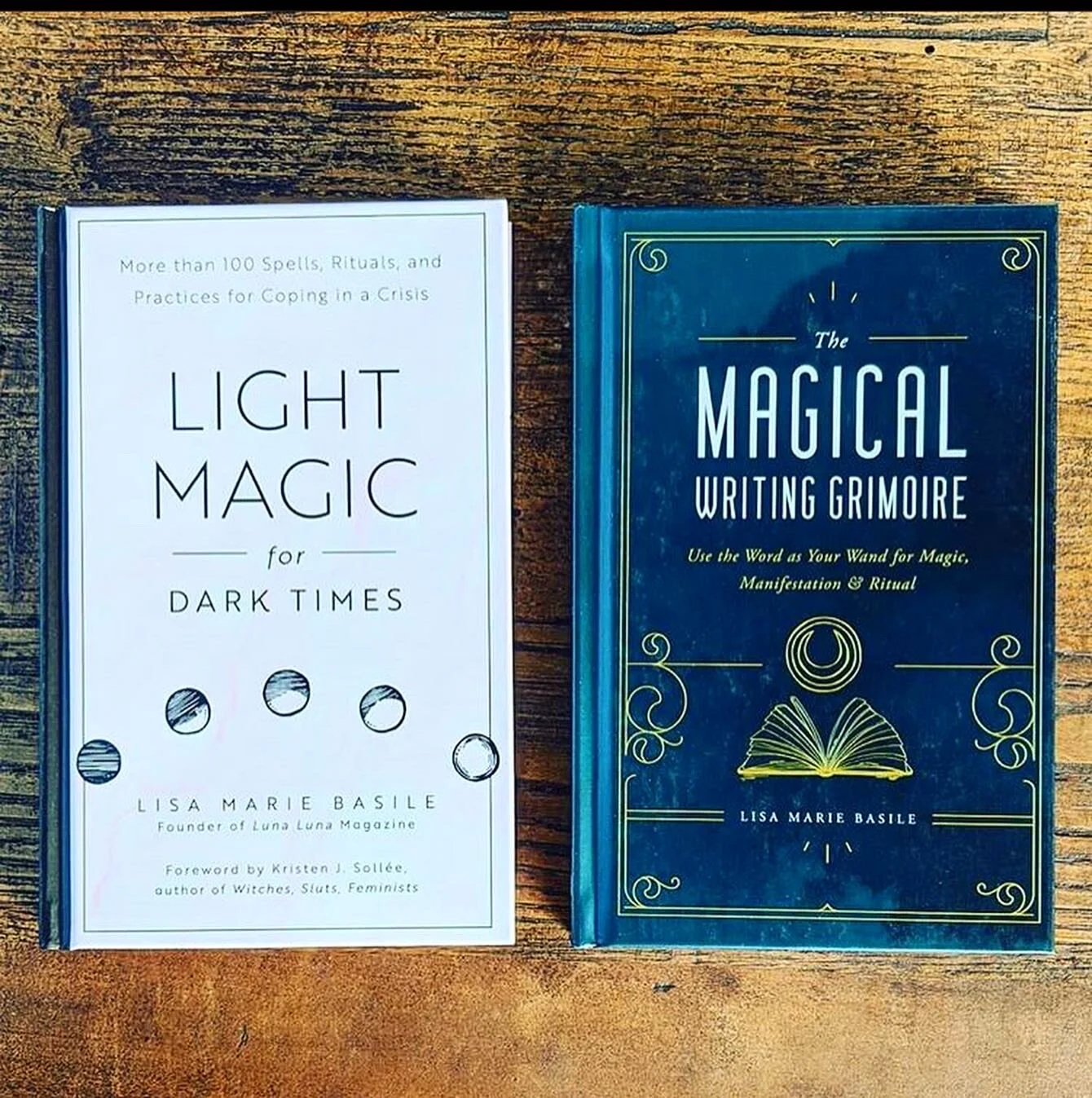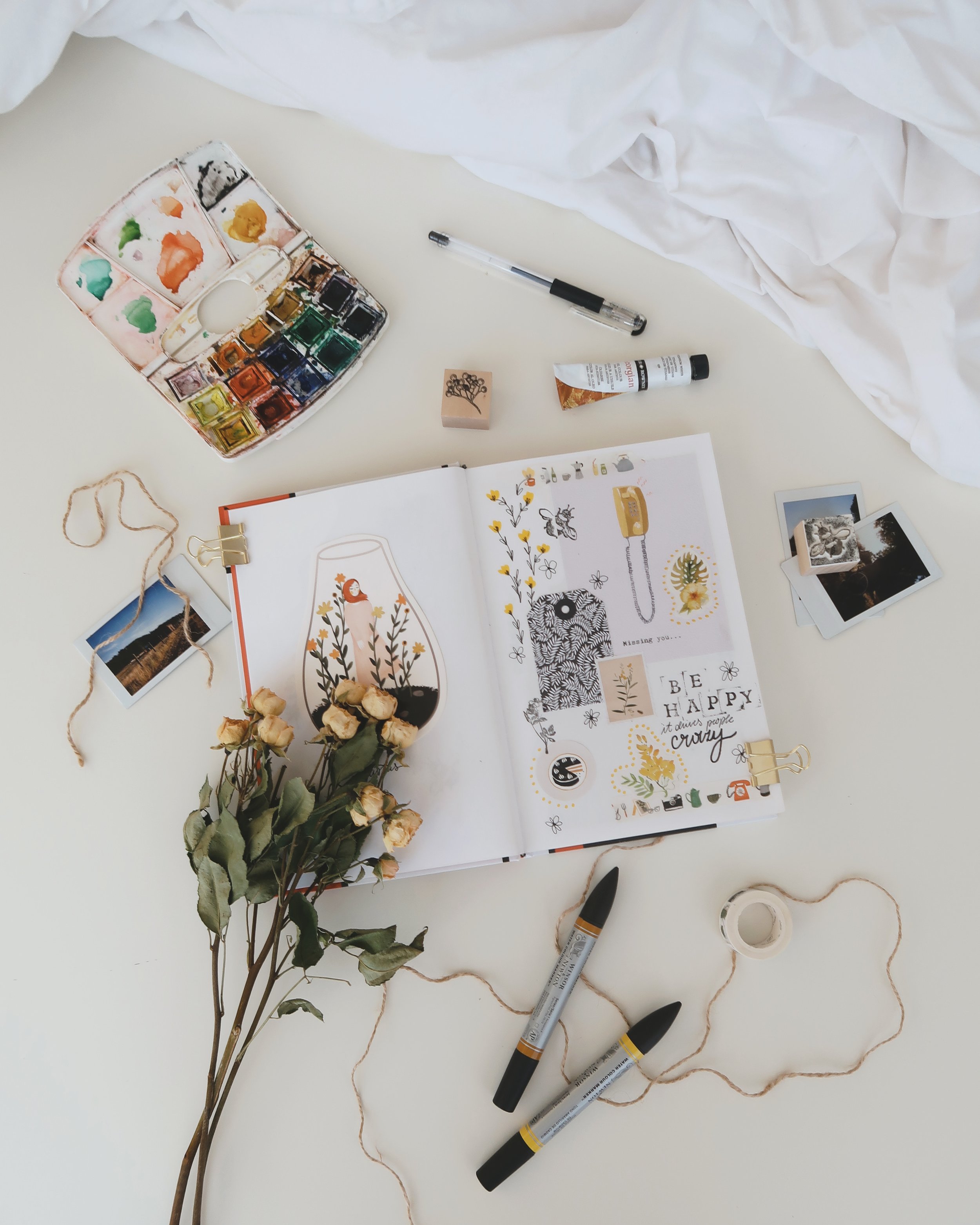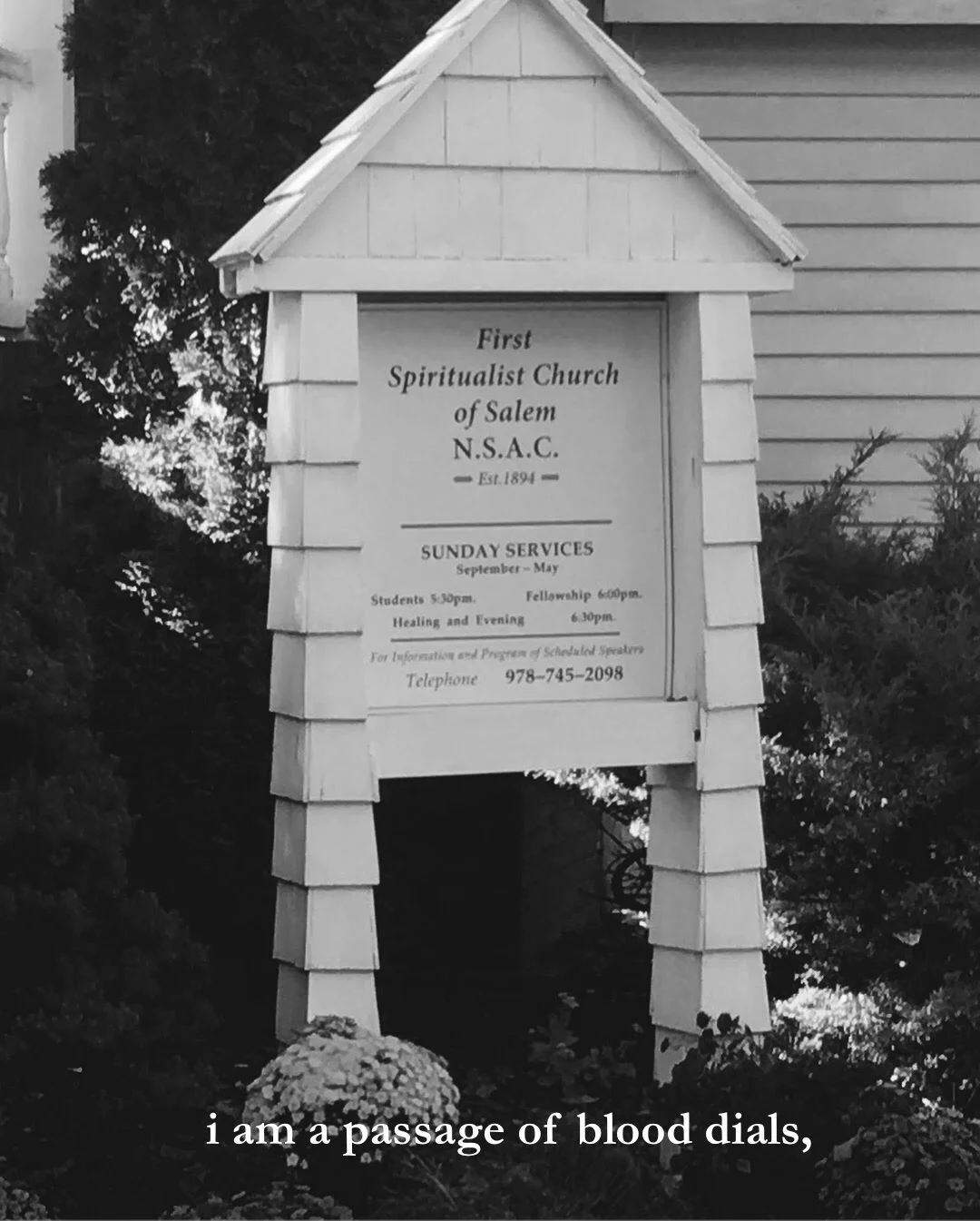BY EMMA EDEN RAMOS
Editor's Note: A version of this article appeared on our old site.
"I crucify myself every day, and my heart is sick of being, I said my heart is sick of being in chains." It’s possible I’ve played Tori Amos’ first album, "Little Earthquakes," beginning to end, fifty times. I know her story—the minister’s daughter, the wannabe rock star in full ‘80’s regalia, the Magdalene in her slinky red dress, a red-haired beauty in her early twenties, dreaming of Barbados while a man with a gun murders a piece of her she will later resurrect, then reclaim through song. I’ve listened to "Little Earthquakes" with the hope that I, too, may one day revive the part of myself I lost years ago.
With Tori’s music in the background, I have taken my shovel, scooped bits of sand and dirt, and exhumed my own corpses: memory corpses that, in my case, wear vintage toe-tags since my loss took place when I was five-and-a-half—on a summer-like April Sunday when a friend of my father’s made me bleed. I’ve laid each body side-by-side and begun my search. The task always seemed simple enough: find the five-and-a-half-year-old Emma and what I have been seeking will be close by. But each time I have visited my memory grave, I’ve run into the same problems. When what you lost died so long ago, how will you know when you’ve found it? What does it look like? What is it called? Is it, after all these years, salvageable?
There is a mantra, a canticle of sorts—the "our father" of survivor groups: It’s not my fault. The hope, I guess, is that by reciting this simple sentence over and over, the words, like lotion on raw skin, will seep through and, in time, help alleviate the pain. But, like an overplayed song, it’s been exhausted and lost its impact. Comedians and TV writers (Larry David uses the phrase in an episode of Curb Your Enthusiasm) have picked up on the slogan and use it freely in their sketches. When it comes to comedy, perhaps any overused expression is fair game. The message behind the four-word sentence, however, is anything but funny. From what I have seen, many survivors employ two conflicting forms of understanding. Intellectually they know the assault wasn’t their fault, but they still feel that it was. I am no exception.
It’s 3:00 AM on a Wednesday. Well, technically it’s Thursday, but I’m still awake and therefore still in Wednesday mode. After all these years I find it difficult to fall asleep. I’ve told my boys (not technically mine, but I love them as though they were) there are no such things as ghosts. I am a liar. Ghosts are very real and even more malevolent than their storybook representations. I have no doubt that Carl Jung was right when he said nightmares are energies, remnants of suppressed experiences that crawl out of our subconscious and into our working minds while we sleep. Nightmares are phantoms; they are the ghosts of past traumas, and they are very real.
With my back against the bed stand, legs crossed, I flip through Roy Willis’ book on world mythology. I’ve dog-eared the page devoted to the myth of Persephone. Most nights I am able to distract myself with a fantasy I’ve concocted featuring me as Persephone, picking flowers in Central Park with my sister. I’m dressed in all black with hair down to my knees and my face tablecloth white. As always, I wear the scowl I perfected after that Sunday afternoon in ’93. My sister has regressed to her five-and-a-half-year-old self—long skinny legs, hair cropped right above her jawline, chubby cheeks and the remnants of a Hershey’s bar she substituted for lunch smeared above her upper lip. A man in a white button-down shirt and khaki pants crawls out from the patch of earth where my sister sits marveling over a handful of violets she’s torn up from their roots. She’s waving her green and purple treasures at me—I’m a few feet away—unaware of the impending danger. I run to her, screaming. "Run to Daddy," I say, and she does, first stopping to place the bouquet in my arms. In my fantasy, I’m pulled into The Underworld while my sister, five-and-a-half one moment, twenty-seven the next, marries, and goes on to have a little girl she names Emma. In a sense, I’ve created my own nightmare—one I use to self-soothe with, one that helps me fall asleep. Perhaps a psychotic lullaby is better than no lullaby at all, and I’ve noticed that when I indulge in disturbing thoughts while I’m awake, I’m less likely to be ambushed by them when I sleep.
via Mythagora
Tonight, however, I feel uninspired by the ancient Greek myth. Even the book’s photograph of a mostly intact figure, "Remains of a Painted Marble Statue of Persephone Holding a Pomegranate, Athens, 510 B.C.," doesn’t capture my interest. At night, like a child at a restaurant, I need constant distraction. Without my own set of crayons and a coloring sheet, I become unglued. In the past, I’ve even experienced moments of paranoia: faceless men hiding in my closet, incessant scratching and hissing coming through the wall behind my bed, or icy hands groping at my legs from under the covers. In high school I thought I might be schizophrenic, but I know now that such hallucinations can be the result of intense anxiety.
Even though my space heater is cranked up to ninety degrees, the wooden floor is cold beneath my feet. I open the drawer I’ve dedicated to journals, photographs and items I’ve collected over the years. Dumping out the contents of my treasure-chest-shaped box with the Chinese peace symbol painted on top, I arrange a timeline with one item to mark each year. I began collecting fragments of my life when I was thirteen, so my timeline only goes back fourteen years. Thirteen is a pocket-sized diary with a red-haired fairy in mid-flight on the cover. Each time I flip through the small book, I hope to find something new—something I may have missed the last time I tried to reacquaint myself with the thirteen-year-old Emma. Sadly, there is no record of my thoughts and experiences—no narrative in which I explore my past trauma. My old journal is filled with numbers. When I first uncovered the artifact, it didn’t take long for me to crack the code.
180+150+80+150+100=660.
Each page is filled with similar equations, a circle traced around the final number of calories I’d eaten that day. Thirteen marks my first encounter with self-harm. Thirteen was the year I celebrated when the scale read 85 Lbs. Thirteen was the year my monthly bleeding stopped. Thirteen was the year I realized I could control my pain if I took on the role of my own abuser.
With my treasures on the bedroom floor, I involuntarily skip over fourteen. As always, that white plastic hospital band—Mount Sinai, 12/31/2002—holds the power of a hypnotist. I am there.
In the belly of my mother's closet-sized kitchen, my back against the oven, I open my left hand, cup it as though I am about to receive a blessed offering.
My new boyfriend called seven times. "What’s your problem?" he’d asked when I pushed him off me three days earlier. We were at his mother’s house—a typical apartment for a New York City-based single mom: empty and therefore the perfect spot for two curious fifteen-year-olds. The weed had taken away my initial apprehension—I didn’t mind being alone with a boy I’d met at a convenience store only one week earlier. But, with my back against Zach’s hard mattress, each time I shut my eyes, I saw that face: wide nose, forehead partially curtained by hay-colored hair, glasses, and thick, menstrual blood colored lips. It was the lips the troubled me most—menacing Cheshire cat lips—lips as deranged as the man who wore them.
Zach wants to know why I’ve stopped all communication. What do I say? Because you make me think of the man who ruined me when I was little? But Zach aside, I know I will never have an intimate moment without seeing my abuser’s face smiling at me as if to say, "Remember our little secret." And it is a secret. No one knows but us. Through our silence (I can only assume he’s been as discreet as I have), we are eternally bound. I pour the contents of the bottle into my cupped hand and, one by one, place each pill in the middle of my tongue.
My phone reads 5 AM. I take it from the chair beside my bed to check if anyone’s awake and on Facebook. I hold the black twenty-first century masterpiece in my hands. In a thousand years, I wonder, how many of these will be excavated? Will they be fully intact or will archaeologists have to glue them together piece by piece, wondering which section goes where, or what function each wire serves? Perhaps one archaeologist will remove her digging mask and gloves, hold the remnants of an iPhone in her naked hands, run her fingers over its time-worn parts, then put it back in its hole. The future cannot house each and every relic.
Emma Eden Ramos is the author of two novels and one poetry chapbook. Ramos' novels have been reviewed in The San Francisco Book Review, The Roanoke Times and other well-known papers. Ramos' poetry chapbook was shortlisted for the Independent Literary Award in 2011. Ramos has written for Agnes Films Journal, Women Writers, Women['s] Books, Luna Luna Magazine and other publications. She has had her writing mentioned at RogerEbert.com, Examiner.com, and on WBAI 99.5 Pacifica Radio. Ramos occasionally writes book reviews. Her most recent, a review of a collection of poems, was republished in The British Mensa Society's Arts and Literature journal. Ramos studied psychology at Marymount Manhattan College. She is currently teaching at a high school in New York City.
































